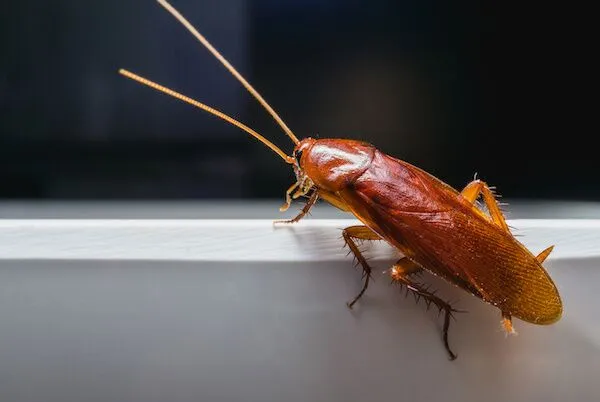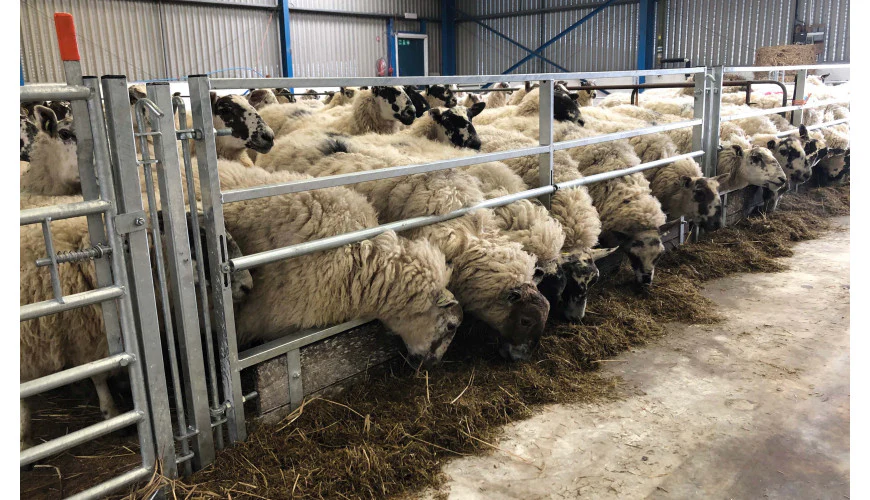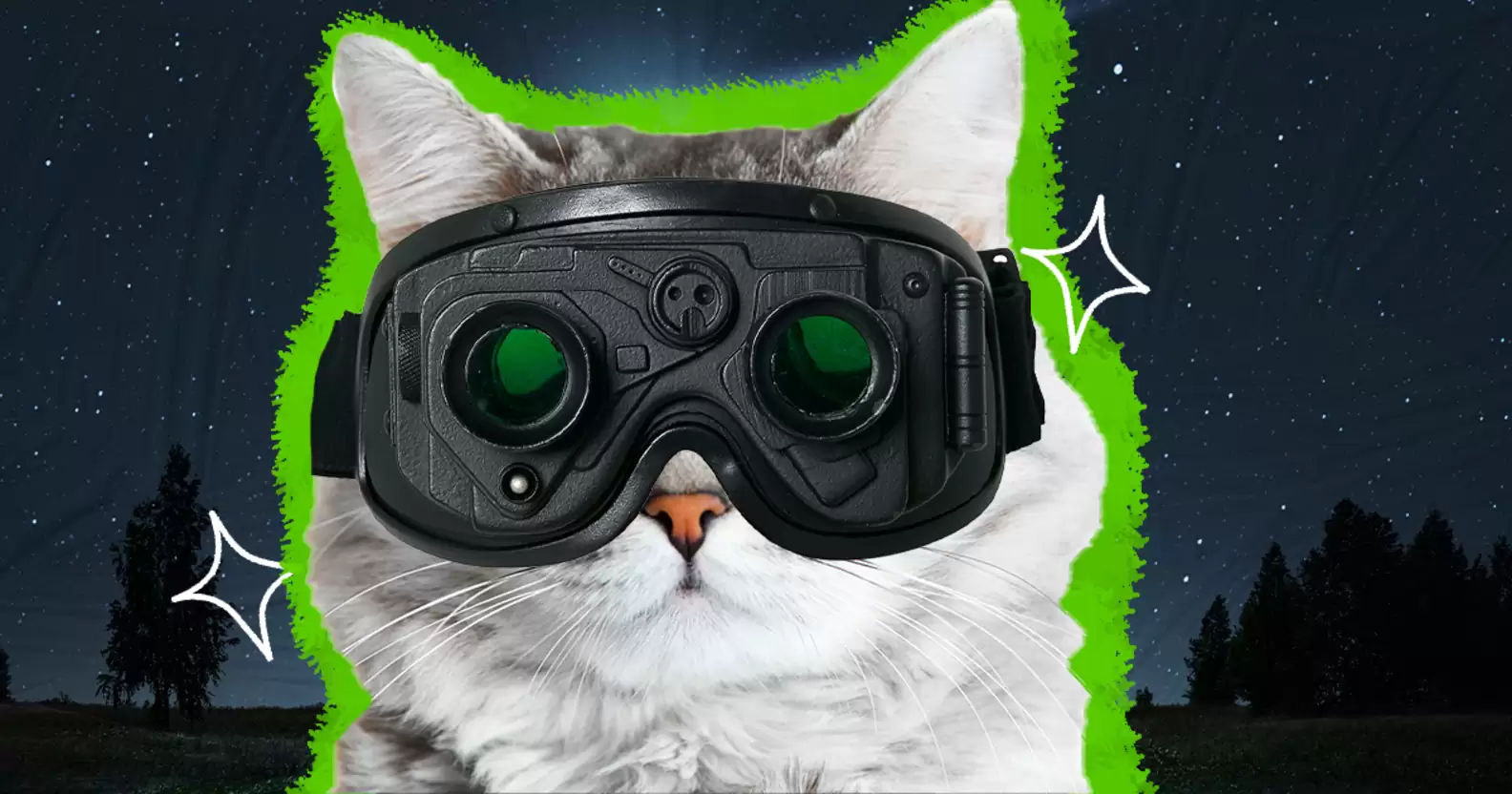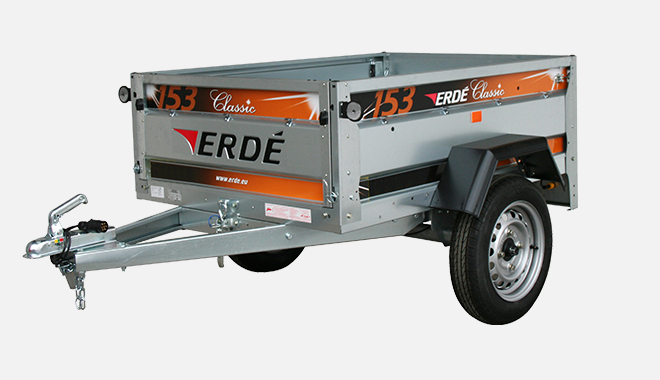Spotting a baby roach in your home can instantly set off alarm bells. These tiny insects, often mistaken for harmless bugs, are actually young cockroaches—a clear sign that a full-blown infestation may be developing. Understanding what they look like, why they appear, and how to eliminate them is crucial for maintaining a clean, pest-free environment.
This guide explores everything you need to know about baby roaches: how to identify them, why they invade homes, and the most effective methods to remove and prevent them.
What Is a Baby Roach?
A baby roach, also known as a roach nymph, is the juvenile stage of a cockroach’s life cycle. These nymphs hatch from egg cases (oothecae) and go through several molts before becoming adults. Unlike mature roaches, baby roaches lack wings and are smaller, faster, and often lighter in color.
Because they grow in stages, each molt brings them closer to adulthood—and each new adult adds to the infestation. That’s why seeing even one baby roach is an early warning sign that adult roaches are reproducing somewhere nearby.
Baby Roach Identification — What They Look Like
Physical Characteristics
Baby roaches vary in size, color, and appearance depending on their species. The table below shows how to tell them apart:
| Species | Size (Nymph) | Color | Distinct Features |
| German Roach | 1/8 inch | Light brown with two dark stripes | Found mostly in kitchens and bathrooms |
| American Roach | 1/4 inch | Reddish-brown | Common in basements and drains |
| Oriental Roach | 1/4 inch | Dark brown to black | Prefer cooler, damp environments |
Baby roaches are often oval-shaped with long antennae and quick, darting movements. If you notice these insects scurrying when you turn on the lights, you’re likely seeing roach nymphs.
Where They Hide
Baby roaches seek dark, moist, and warm areas where food and water are available. Common hiding spots include:
- Under kitchen sinks and appliances
- Behind refrigerators, stoves, and dishwashers
- Inside wall cracks, drains, and cupboards
- Around plumbing and leaking pipes
Because they prefer tight spaces, you may never see the entire infestation—just a few wandering nymphs looking for food.
Why You’re Seeing Baby Roaches
Finding a baby roach usually means one thing: there’s a nest of adult roaches nearby. Here’s why they’re showing up.
1. A Hidden Infestation
Cockroaches reproduce rapidly. A single female can produce dozens of eggs at a time, hidden in dark corners or inside appliances. When these eggs hatch, baby roaches spread out in search of food.
2. Food and Water Sources
Roaches thrive where food scraps and moisture are easy to find. Grease, crumbs, open trash cans, and pet food bowls are magnets for them. Even small leaks or condensation from pipes can sustain their colony.
3. Entry Points
Roaches enter through cracks, vents, utility pipes, or even grocery bags. In apartment buildings, they can crawl between units through shared walls or drain systems.
Are Baby Roaches Dangerous?
Yes. While baby roaches themselves don’t bite, they carry bacteria and allergens that can harm your health. They crawl through garbage, drains, and sewage, picking up pathogens like salmonella and E. coli. Their droppings, saliva, and shed skins can trigger asthma and allergies, especially in children or pets.
Quick Facts:
- Cockroach allergens are one of the top indoor triggers for asthma.
- They can contaminate food surfaces, causing food poisoning.
- Their presence often indicates unsanitary conditions that attract more pests.
How to Get Rid of Baby Roaches
Getting rid of baby roaches takes more than just spraying bug killer. You need a complete approach—cleaning, sealing, and targeted treatment.
Step 1 — Locate and Eliminate the Nest
Look for signs such as:
- Tiny black droppings (like ground pepper)
- Shed exoskeletons and egg cases
- Musty odor in hidden corners
Use glue traps or flashlights to track where roaches are coming from.
Step 2 — Deep Clean Your Home
Cleanliness is your first line of defense.
- Vacuum crumbs and mop floors daily.
- Wipe down counters and appliances.
- Fix leaking pipes and dry damp areas.
- Empty trash regularly and seal containers tightly.
The cleaner your kitchen and bathroom are, the less attractive they become to roaches.
Step 3 — Apply Treatments
Use a combination of natural and chemical solutions for best results.
| Treatment Type | Pros | Cons | Best For |
| Boric Acid | Long-lasting, effective | Must be used carefully around pets | Baseboards and under appliances |
| Diatomaceous Earth | Safe and natural | Slow-acting | Cracks and dry areas |
| Roach Bait Gels | Quick results | Requires regular reapplication | Kitchens and bathrooms |
| Professional Pest Control | Guaranteed elimination | Higher cost | Severe infestations |
Pro Tip: Never spray over bait traps—it can repel roaches before they eat the bait.
Step 4 — Prevent Future Infestations
Once the roaches are gone, prevention keeps them from returning.
- Seal cracks with caulk.
- Store food in airtight containers.
- Keep pet food covered at night.
- Use essential oils like peppermint or eucalyptus as natural repellents.
Baby Roach vs Other Small Bugs
It’s easy to mistake baby roaches for other insects, but they have distinctive features.
| Bug Type | Key Difference |
| Bed Bug | Flat, rounder body and found in mattresses |
| Beetle | Harder shell and slower movement |
| Water Bug | Larger, oval, and found near standing water |
If the insect you spot moves quickly, hides in dark places, and has long antennae—it’s most likely a roach nymph.
Case Study: A Homeowner’s Experience
Sarah, a homeowner from Dallas, noticed small brown bugs in her pantry. She thought they were beetles until she found egg casings near her dishwasher. After calling pest control, the technician confirmed a German cockroach infestation.
Through three months of regular cleaning, sealing cracks, and using bait traps, her home became completely roach-free. Her takeaway? “Catching the problem early saved me from a full infestation.”
Expert Tips on Long-Term Roach Control
Pest experts agree that baby roaches are the clearest sign of active reproduction. According to Orkin Pest Control, “The presence of even a few nymphs means the population is already established and will grow quickly if left untreated.”
Top Expert Recommendations:
- Keep humidity levels below 50%.
- Avoid clutter that gives roaches hiding spots.
- Schedule annual pest inspections in humid regions.
Frequently Asked Questions
Q1: Why do I see only baby roaches but no adults?
Adults hide during the day, but their offspring roam freely for food.
Q2: Can baby roaches reproduce?
No, but their presence means breeding adults exist nearby.
Q3: How long before they become adults?
Typically 3–6 months, depending on temperature and access to food.
Q4: Do baby roaches mean a dirty home?
Not always. Even clean homes can attract them through leaks, packaging, or shared walls.
Key Takeaways
- Seeing a baby roach means a colony is active and breeding.
- Identify them early, clean thoroughly, and use bait or professional treatments.
- Maintain a sanitary, dry home to prevent future infestations.
- Acting quickly can save you time, money, and health concerns.
Final Thought:
A baby roach may be tiny, but it’s a big warning sign. Treat it as an early alert that your home needs immediate attention. With persistence, proper cleaning, and the right pest control methods, you can reclaim your space—and keep it that way.









Leave a Reply